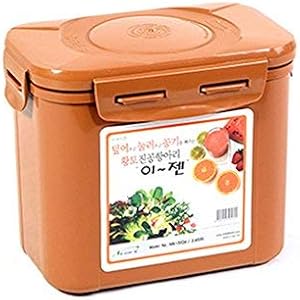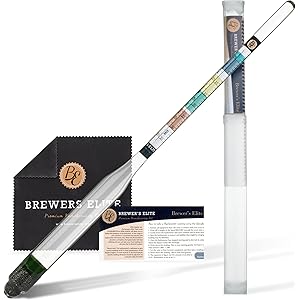Understanding Yeast Types for Pizza
Yeast is a crucial ingredient in pizza making, as it is responsible for fermentation, which helps the dough rise and develop flavor. The choice of yeast can significantly impact the texture and taste of the final product. When considering which yeast is best for pizza, it’s essential to understand the different types available and their unique characteristics.
Active Dry Yeast
Active dry yeast is one of the most commonly used yeasts in pizza dough recipes. It is granulated and needs to be dissolved in warm water before use. This type of yeast is known for its reliability and ability to produce a consistent rise in the dough. When using active dry yeast, it is crucial to ensure that the water temperature is between 100°F and 110°F to activate the yeast effectively. This type of yeast is ideal for home bakers looking for a straightforward option.
Instant Yeast
Instant yeast, also known as quick-rise or rapid-rise yeast, is another popular choice among pizza makers. Unlike active dry yeast, instant yeast does not require proofing in water and can be mixed directly with dry ingredients. This convenience makes it a favorite for those who want to save time. Instant yeast has a higher potency than active dry yeast, allowing for faster fermentation, which can be particularly beneficial for busy kitchens.
Fresh Yeast
Fresh yeast, also referred to as cake yeast or compressed yeast, is a less common option but is favored by professional bakers. It comes in a moist, crumbly form and has a shorter shelf life than dry yeasts. Fresh yeast provides a rich flavor and is known for its ability to create a light and airy crust. When using fresh yeast, it is essential to crumble it into the flour or dissolve it in water before incorporating it into the dough.
Wild Yeast and Sourdough Starter
For those seeking a unique flavor profile, wild yeast and sourdough starters offer an artisanal approach to pizza making. Wild yeast is naturally occurring in the environment and can be captured through fermentation. Sourdough starters, which contain both wild yeast and lactic acid bacteria, contribute to a complex flavor and chewy texture. This method requires patience and skill, making it suitable for experienced bakers who want to experiment with their pizza dough.
Get more content like this!
Sign up to receive updates and new terms first hand.
Choosing the Right Yeast for Your Pizza Style
The choice of yeast can also depend on the style of pizza being made. For example, Neapolitan pizza, known for its soft and airy crust, often benefits from a longer fermentation process using either fresh yeast or a sourdough starter. On the other hand, New York-style pizza, which has a chewier texture, may work well with active dry or instant yeast for quicker results. Understanding the characteristics of each yeast type can help you achieve the desired outcome for your pizza.
Fermentation Time and Temperature
Regardless of the yeast type chosen, fermentation time and temperature play a vital role in the development of pizza dough. A longer fermentation period at a cooler temperature can enhance the flavor and texture of the dough. For instance, using cold fermentation with instant yeast can yield a more flavorful crust. It’s essential to experiment with different fermentation times to find the perfect balance for your pizza.
Common Mistakes When Using Yeast
When baking pizza, several common mistakes can occur when working with yeast. One of the most frequent errors is using water that is too hot, which can kill the yeast and prevent proper fermentation. Additionally, not allowing the dough to rise adequately can result in a dense crust. It’s crucial to follow the recommended guidelines for yeast activation and dough rising to ensure the best results.
Storing Yeast Properly
Proper storage of yeast is essential for maintaining its potency. Active dry and instant yeasts should be stored in a cool, dry place, while fresh yeast needs to be refrigerated and used within a few weeks. Always check the expiration date before using yeast, as expired yeast may not perform effectively. By storing yeast correctly, you can ensure that it remains viable for your pizza-making endeavors.
Experimenting with Yeast Blends
For adventurous bakers, experimenting with different yeast blends can lead to exciting results. Combining active dry yeast with a small amount of sourdough starter can create a unique flavor profile while benefiting from the reliable rise of the dry yeast. This approach allows for creativity in the kitchen and can lead to discovering the perfect yeast combination for your ideal pizza crust.




